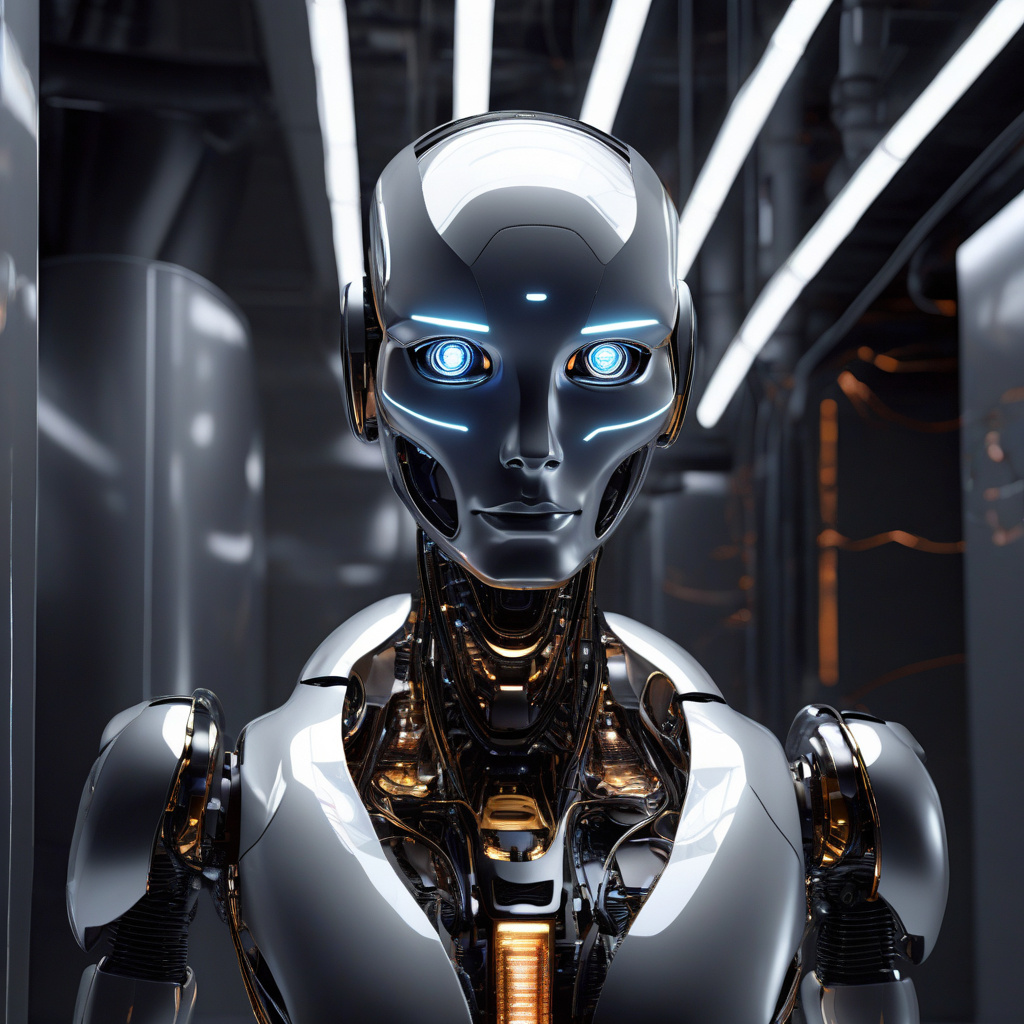Amazon Introduces Vulcan: The Robot with a Sense of Touch
Amazon has once again pushed the boundaries of technology with the introduction of its latest innovation, the Vulcan robot. This new warehouse robot is not just any ordinary machine; it comes with a unique ability to “feel.” Equipped with force-sensitive grippers and sensors on its joints, Vulcan can sense the edges, contours, and resistance of the items it handles.
Imagine a robot that can delicately grip a soft bag of candy and then securely grasp a heavy coffee table book without causing any damage. This level of precision is made possible by Vulcan’s advanced tactile capabilities, allowing it to handle a diverse range of products efficiently. According to Amazon, Vulcan can manage about 75% of the items typically found in one of its warehouses.
The mastermind behind this groundbreaking creation is Aaron Parness and his dedicated team of around 250 robotics experts at Amazon. The Vulcan robot made its debut at the “Delivering the Future” event in Dortmund, Germany, showcasing its incredible tactile technology to the world.
While Vulcan’s tactile abilities mark a significant advancement in robotics, some may have mixed feelings about the concept of robots with a “genuine sense of touch.” It’s essential to understand that while Vulcan can simulate the sensation of touch through sensors and AI, it lacks the human experience of touch connected to emotions, consciousness, and memory.
Despite these distinctions, Vulcan’s impact is undeniable. By bringing a new level of physical intelligence to robots, Vulcan is paving the way for future advancements in the field. Its ability to adapt to real-world conditions and perform tasks that previously required human dexterity demonstrates the potential of tactile robots in enhancing operational efficiency.
Vulcan’s role in Amazon’s fulfillment centers is clear: to streamline the picking and packing process, relieving human workers of repetitive tasks and increasing overall productivity. With its sophisticated sensors and AI algorithms, Vulcan can work tirelessly, ensuring precise handling of products and optimizing warehouse operations.
Looking ahead, Vulcan is not alone in the realm of tactile robots. Innovations such as RoboTact, RoboTouch, and Meta’s Digit 360 sensor are revolutionizing the field of robotics with their ability to sense contact, pressure, and object shapes. These advancements hold the promise of transforming various industries, from healthcare to agriculture, by enabling robots to perform tasks previously deemed too complex or delicate.
In conclusion, Amazon’s Vulcan robot represents a significant leap forward in the realm of robotics, showcasing the potential of tactile technology to revolutionize how tasks are performed in diverse settings. As these innovations continue to evolve, we can anticipate a future where robots play an increasingly essential role in enhancing efficiency, precision, and safety across various industries.

